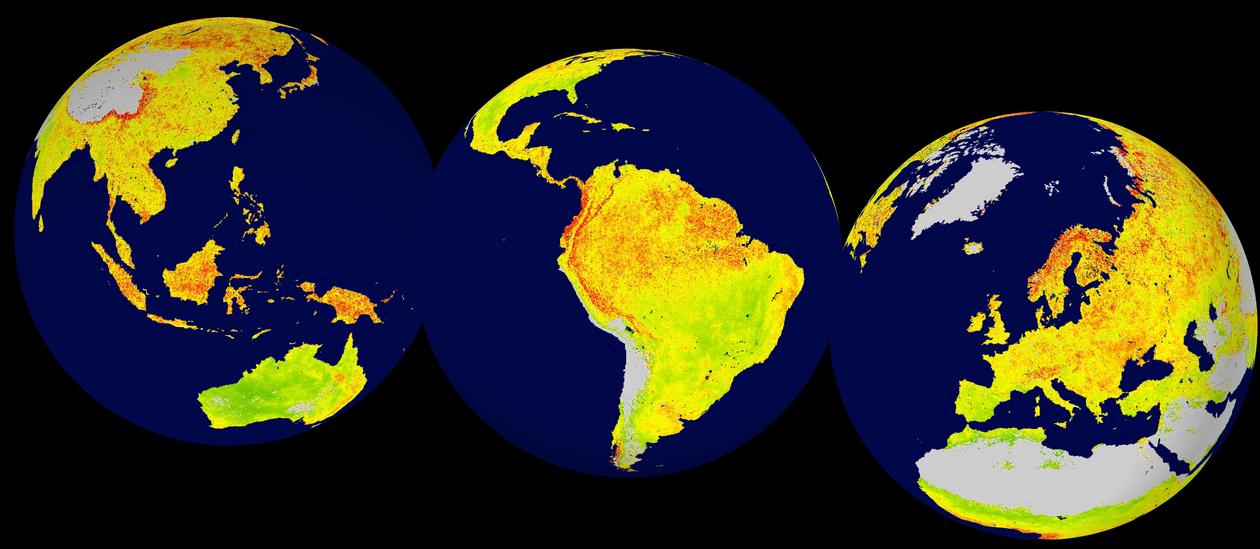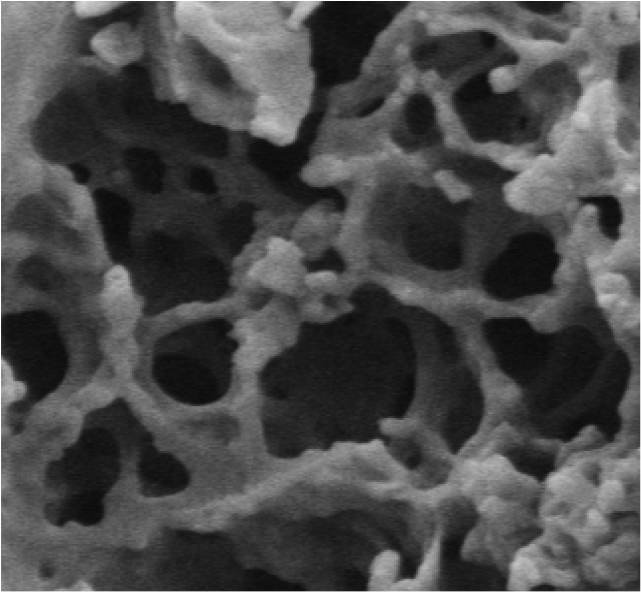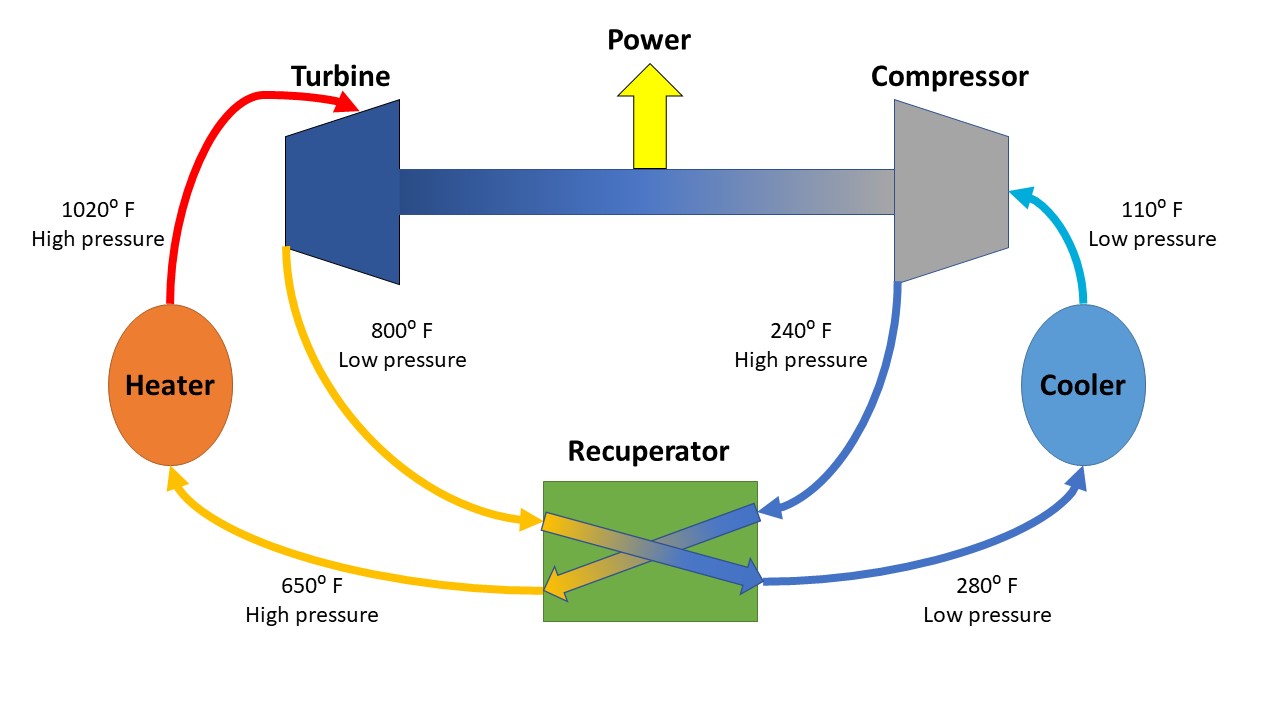
via University of Hawaii
More than half of known human pathogenic diseases such as dengue, hepatitis, pneumonia, malaria, Zika and more, can be aggravated by climate change. That eye-opening and startling finding is the topic of a research paper published on August 8 in Nature Climate Change by a team of researchers from the University of Hawai?i at M?noa.
The researchers carried out a systemic search for empirical examples about the impacts of 10 climatic hazards sensitive to greenhouse gas (GHG) emissions on each known human pathogenic disease. These hazards included warming, drought, heatwaves, wildfires, extreme precipitation, floods, storms, sea level rise, ocean biogeochemical change, and land cover change.
Combining two authoritative lists of all known infections and pathogenic diseases that have affected humanity in recorded history, researchers then reviewed over 70,000 scientific papers for empirical examples about each possible combination of a climatic hazard impacting each of the known diseases.
The research revealed that warming, precipitation, floods, drought, storm, land cover change, ocean climate change, fires, heatwaves and sea level changes were all found to influence diseases triggered by viruses, bacteria, animals, fungi, protozoans, plants and chromists. Pathogenic diseases were primarily transmitted by vectors, although case examples were also found for transmission pathways involving waterborne, airborne, direct contact and foodborne. Ultimately, the research found that more than 58%, or 218 out of 375, of known human pathogenic diseases had been affected at some point by at least one climatic hazard via 1,006 unique pathways.
“Given the extensive and pervasive consequences of the COVID 19 pandemic, it was truly scary to discover the massive health vulnerability resulting as a consequence of greenhouse gas emissions,” said Camilo Mora, geography professor in the College of Social Sciences (CSS) and lead author of the study. “There are just too many diseases, and pathways of transmission, for us to think that we can truly adapt to climate change. It highlights the urgent need to reduce greenhouse gas emissions globally.”
An interactive web-page showing each connection between a climatic hazard and a disease case was developed by the research team. The tool allows users to query specific hazards, pathways and disease groups, and see the available evidence.
Original Article: Over half of human pathogenic diseases can be aggravated by greenhouse gas emissions
More from: University of Hawaii
The Latest Updates from Bing News
Go deeper with Bing News on:
Human pathogenic diseases climate change
- Q&A: To protect human health, we must protect the Earth's health
Human activities have transformed and degraded Earth's natural systems. But it's not just the planet that endures the harms of things like pollution and climate change. Changes like rising ocean ...
- Climate change fuels the rise of global antimicrobial resistance
Climate change exacerbates antimicrobial resistance by altering environments where microbes thrive, leading to increased disease spread.
- Urgent warning issued deadly mosquito-borne diseases are heading into Europe
Experts have issued a stark warning over the potential for deadly illnesses to spread across Europe amid a surge in cases. Our warming climate could mean we see more mosquito -borne diseases in areas ...
- Mosquito-borne diseases spreading in Europe due to climate change, says expert
Prof Rachel Lowe who leads the global health resilience group at the Barcelona Supercomputing Center in Spain, has warned mosquito-borne disease outbreaks are set to spread across currently unaffected ...
- Climate change is multiplying the threat caused by antimicrobial resistance, researcher warns
Climate change is multiplying the threat caused by antimicrobial resistance (AMR), amplifying its growing risk through increasing global temperatures, greenhouse gas emissions and rising sea levels.
Go deeper with Bing News on:
Climatic hazards
- In Honor of Earth Month, FEMA Helps Communities Prepare for Climate Related Hazards and Disasters
Each Earth Day, the nation comes together to recognize the need for continued commitment to building a safe and sustainable planet.
- The world’s historic sites face climate change. Can Petra lead the way?
The 2,000-year-old desert city created an adventurous backdrop for Indiana Jones, but today, drought, floods, and sandstorms imperil it. Ancient technology could be the key to surviving.
- MTA says it needs $6B to climate-proof transit
Cash to fund much of the work outlined in the climate roadmap is expected to come from the bundle of infrastructure upgrades that is the MTA’s upcoming 2025-2029 five-year capital plan, which is ...
- US Map Shows 'Hazard Zones' for Rising Sea Levels, Tsunamis
A map by the National Oceanic and Atmospheric Administration reveals the areas of the U.S. that are most at risk from flooding and tsunamis as the sea level continues to rise. As climate change ...
- Climate change creates a ‘cocktail’ of serious health hazards for 70 per cent of the world’s workers
The health consequences of climate change can include cancer, cardiovascular disease, respiratory illnesses, kidney disfunction and mental health ...










